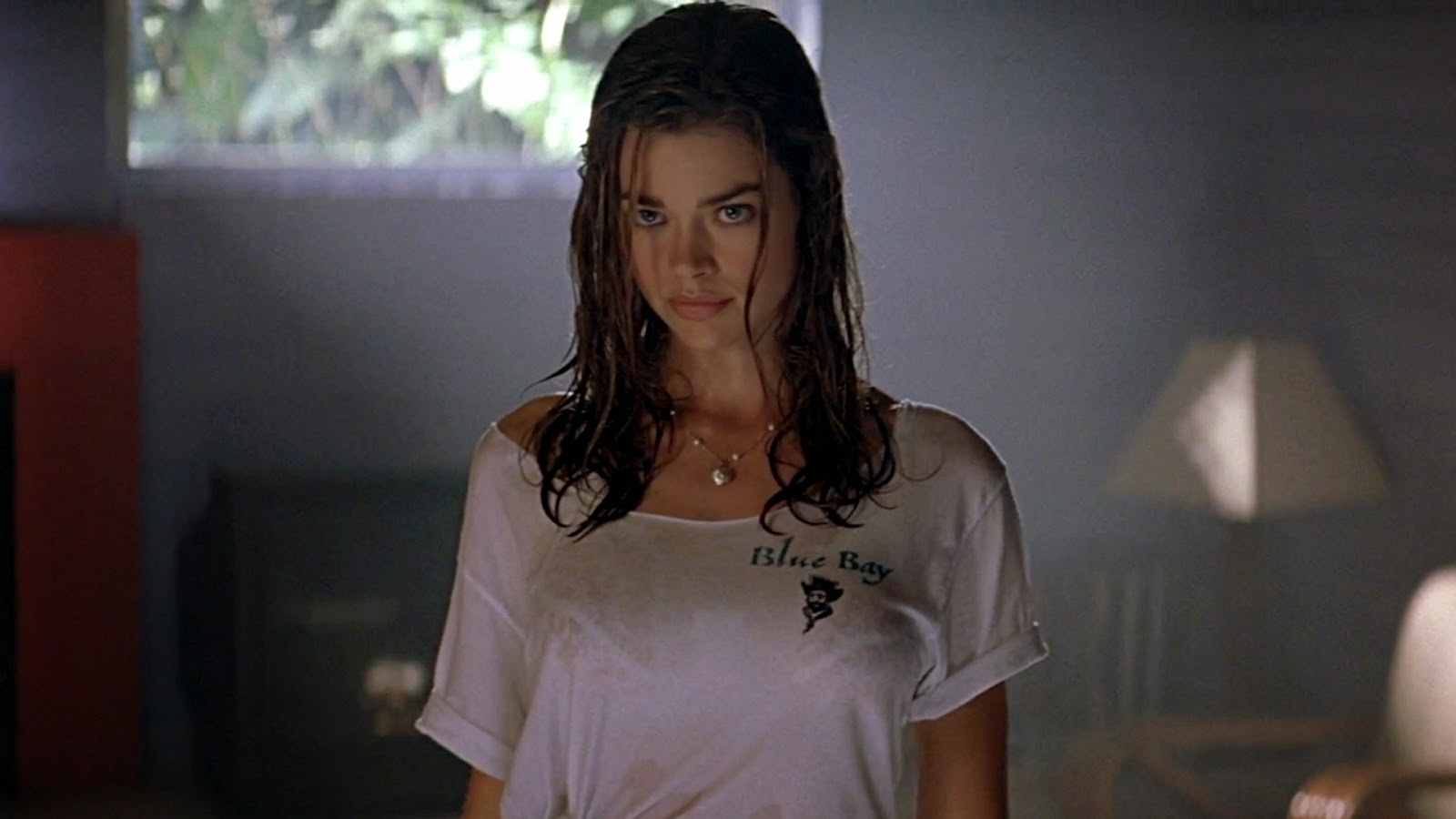Where the Wild Things Are (film) is a cinematic adaptation of Maurice Sendak’s beloved children’s book, which transcends age and time. Released in 2009, the film captures the essence of childhood imagination and the complexity of emotions that accompany growing up. Directed by Spike Jonze, this visually stunning film combines live-action with animatronics, bringing the fantastical world of the Wild Things to life in a way that resonates with both children and adults alike.
The narrative follows the journey of Max, a young boy who escapes from reality and enters a wild and enchanting world inhabited by large, furry creatures. As he navigates his way through this extraordinary landscape, Max learns valuable lessons about friendship, love, and the importance of home. The film successfully expands on the themes of the original book, offering viewers a deeper understanding of Max’s inner conflicts and desires.
Through its captivating visuals and poignant storytelling, Where the Wild Things Are (film) invites audiences to revisit their childhood and embrace the power of imagination. In this article, we will delve into the various aspects of the film, exploring its themes, characters, and the creative process behind its production.
What Are the Main Themes in Where the Wild Things Are (Film)?
The film delves into several prominent themes that resonate with viewers of all ages. Some of these themes include:
- Imagination vs. Reality: The film emphasizes the importance of imagination in coping with the challenges of reality.
- Loneliness and Belonging: Max's journey reflects his search for connection and understanding.
- Childhood Innocence: The film portrays the innocence of childhood and the inevitable loss of that innocence.
- Emotional Growth: Max's experiences with the Wild Things facilitate his emotional development.
Who Are the Key Characters in Where the Wild Things Are (Film)?
The film features a range of memorable characters, each contributing to Max's journey:
- Max: A young boy who longs for adventure and understanding.
- Carol: One of the Wild Things who embodies the chaos of emotions.
- KW: A Wild Thing who understands Max's struggles.
- Alexander: A sensitive Wild Thing who seeks Max's friendship.
What Makes the Visuals Stand Out in Where the Wild Things Are (Film)?
The visual aesthetics of Where the Wild Things Are (film) play a crucial role in conveying its themes. The use of practical effects, animatronics, and stunning cinematography creates a rich, immersive experience. The Wild Things are designed with intricate details, capturing their whimsical and wild nature while also making them relatable. The landscapes are vivid and imaginative, drawing viewers into Max's fantastical world.
How Did Spike Jonze Approach the Adaptation of Where the Wild Things Are (Film)?
Spike Jonze’s approach to adapting the book was both respectful and innovative. He sought to expand upon the original story, exploring the emotional depths of the characters and the complexities of childhood. Jonze collaborated closely with Sendak and worked with a talented team to ensure that the film captured the spirit of the book while also appealing to contemporary audiences.
What Impact Did Where the Wild Things Are (Film) Have on Cinema?
The film left a significant mark on the landscape of children's cinema. Its unique storytelling approach, combined with its emotional honesty, resonated with audiences and encouraged other filmmakers to explore more profound themes within family-oriented films. It also paved the way for more artistic and unconventional adaptations of children’s literature.
How Did Audiences React to Where the Wild Things Are (Film)?
Upon its release, Where the Wild Things Are (film) garnered mixed reviews from critics but was widely appreciated by audiences for its emotional depth and artistic merit. Many viewers connected with the film’s exploration of childhood emotions and the importance of imagination. It became a cult classic, particularly among those who grew up with the original book.
What Are the Key Takeaways from Where the Wild Things Are (Film)?
The film offers several key takeaways that resonate with both children and adults:
- The Importance of Imagination: Imagination is a powerful tool for navigating life's challenges.
- The Complexity of Emotions: It’s vital to acknowledge and express our emotions, even the difficult ones.
- Value of Home and Family: No matter how far we wander, there’s no place like home.
Conclusion: Why Should You Watch Where the Wild Things Are (Film)?
In conclusion, Where the Wild Things Are (film) is more than just a cinematic adaptation of a beloved children's book; it is a profound exploration of childhood, imagination, and emotional growth. Its unique visual style, coupled with an evocative narrative, makes it a must-watch for anyone who appreciates the beauty of storytelling. Whether you're a fan of the original book or new to this fantastical world, the film invites you to reflect on your own childhood and the power of imagination that resides within us all.




